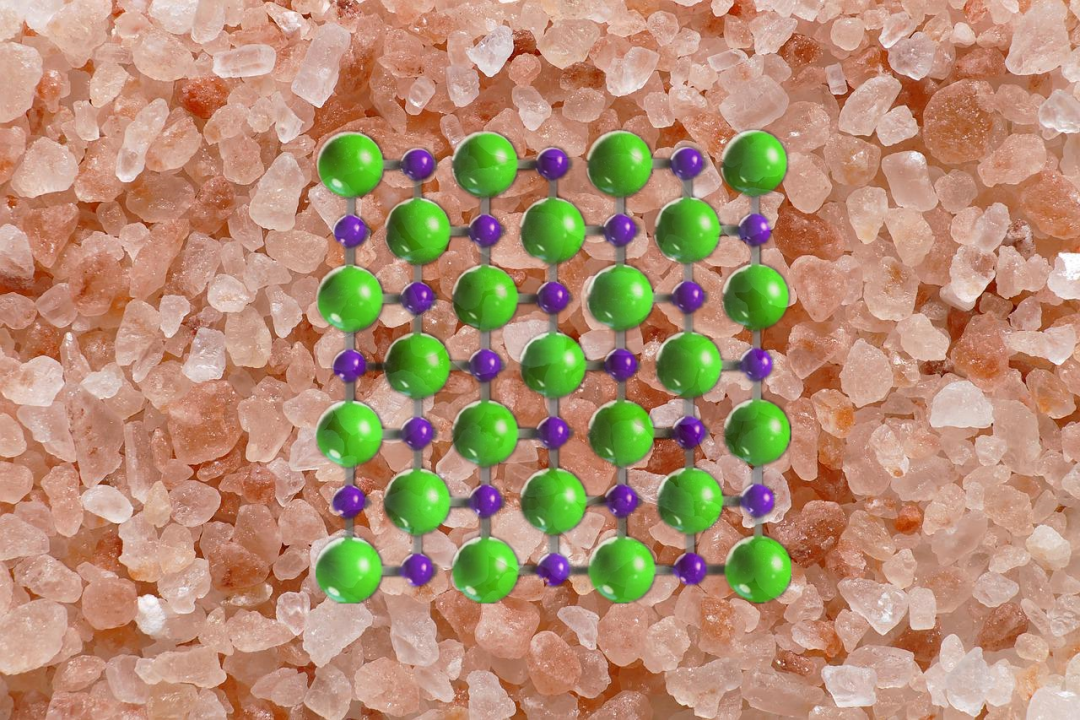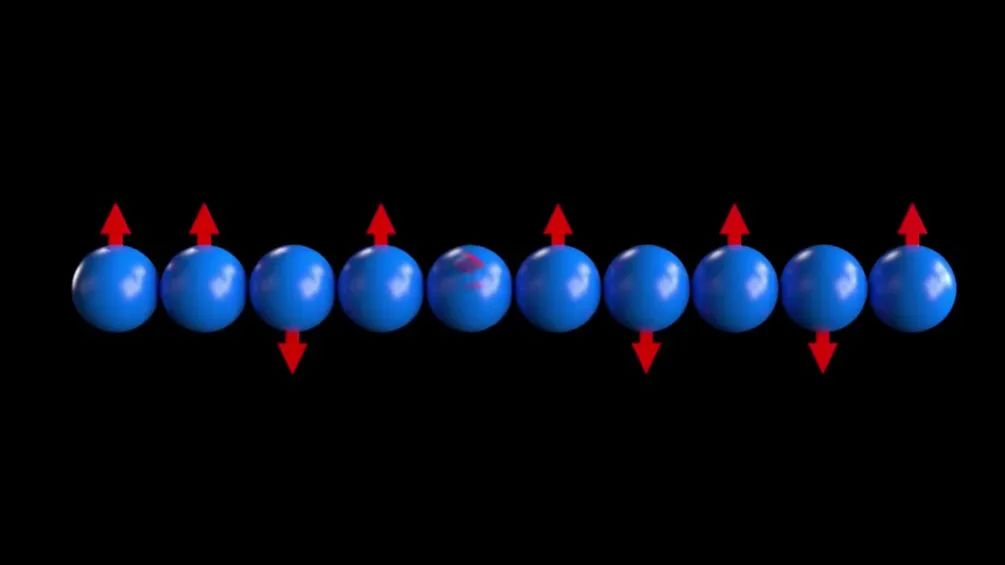Simple introduction of time crystal
Author:Institute of Physics of the Ch Time:2022.07.03
An object that excites many physicists, now it has been created in quantum computers. Its name sounds a bit of science fiction: Time crystal.
We all know that ordinary crystals like salt crystals are arranged in an orderly manner in an orderly manner. Just as every atom is sitting on a square grid, scientists call it a lattice. If you are a quantum ant man standing on one of the atoms and moving in a certain direction in the space, you will meet other same atoms regularly and periodic. The atomic structure of ordinary crystals repeats again and again in the space, so if you look at any part of it, you will see the same repeat mode.

The reason for atoms or molecules to form crystals is that this puts the minimum energy state in all its systems. In 2012, the Nobel Prize winner Frank Wilchek asked whether it was possible to create symmetrical crystals in time rather than space. This means that the particles it contains are constantly re -arranged into different configurations, but within a certain time interval, they will return to the same configuration.
Wilcheck said that such behavior is like a clock spontaneously appearing in the particle system, dripping the speed set by it. The manufacturing time crystal is not only the intelligent practice of physicists, it may also be useful: they will become a natural timer, and beating according to their choice. Some researchers believe that time crystals may help us make better atomic clocks; others believe that timetops made from quantum particles can be used as components to build quantum computers.
The regular and periodic behavior described by Wilcheck looks like a pendulum. At the end of each back and forth, the hammer or all the atoms it contains are returned to the same position. However, no matter how good the manufacture is, ordinary pendulum cannot be swinging forever. The friction of the pivot point will slowly lose its energy until it stops swinging. Wilcheck wants to know if there is a way to make the time crystal that can be maintained without injecting energy from the system.
Wilchek admits that time crystals sound dangerous, just like permanent motivation prohibited by the Law of thermodynamics. But he is optimistic that as long as he does not consume energy and does not generate energy, he should be able to oscillate forever. Three years later, other physicists proved that the quantum timeline crystals cannot avoid the same problem as the pendulum. It will gradually dissipate its energy at the beginning, so the oscillation will slowly disappear.
But this does not make physicians lose interest in time crystals, because we can push a little bit every time like keeping the clock. Time crystals can keep the energy from injecting energy into it through some driving force. This should not be a big deal, because we often see this situation. For example, by promoting autumn to keep it swing, you will find that the frequency of autumn oscillating is the same as the frequency of pushing.
However, physicists realized that for the kind of sub -system that Wilchek studied, when you use this periodic driving force to oscillate, some strange things happen: the oscillating cycle is different from the driver's cycle different cycle of the driver. It can be twice as long, or three times, or even any integer. It's as if the particles are saying gratitude to promote it, but we will vibrate with the frequency we choose. So it turns out that this behavior is a real time crystal behavior, because the periodicity is generated by the interaction of particles in the crystal, not from promotion. What is promoting is only to prevent the exhaustion of time crystals, and because the oscillating cycle is an integer or discrete multiple of the driving cycle, they are called discrete time crystals.
Made in time crystal
One of the methods to manufacture quantum timeline is to take a row of atoms. They have a spin that can point to or down. In the state crystal state, rotate up or down to flip back and forth along the line. They do this in some way to make the structure a timeline crystal. We need to continuously increase energy to maintain this wave, and then find a way to dissipate this energy so that the system will not become too hot and fall apart.
In 2017, the two teams reported that they had experimentally created discrete quantum time crystals in the self -spin chain. Nevertheless, they still cannot completely stop these systems from absorbing too much energy. It was not until 2021 that the two scientists teams created a discrete quantum time crystal, which can theoretically maintain oscillation. They actually manufactured them in quantum computers.

Quantum computers are calculated using quantum ratios. They are like spinning particles that can be coded 1 and 0 of binary information in the upward or down state. These bits are operated using quantum mechanics rules, which enables quantum computers to do things impossible for ordinary classic computers to do. In these experiments, the oscillating disappears after about 100 cycles. This is because the quantum position in any quantum computer today becomes confusing when interaction with the surrounding material. Essence This has nothing to do with the failure of the time crystal itself.

A question can now be raised. Is this the simulation of the timetable crystal on the quantum computer, or did they create a time crystal from the quantum of the computer? It is interesting that no one knows, but there may be no difference between them.
Reprinted content only represents the author's point of view
Does not represent the position of the Institute of Physics of the Chinese Academy of Sciences
If you need to reprint, please contact the original public account source: Vientiane experience
Edit: Lezi Superman
- END -
Chengdu Urban Operation Cloud official operation supports the core business system of the municipal government

Cover Journalist Ouyang HongyuOn June 24, Alibaba Cloud and Chengdu Data Group joi...
Yungang Research Institute Holds the Yungang Studies Forum -Digital Economy and Yungang
Shanxi Evening News (Reporter Wu Shuai) On the morning of June 17, the Yunang Research Institute held the Yunang Studies Forum -the digital economy and Yungang. Dai Bin, Executive Dean of the Tencent